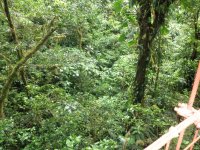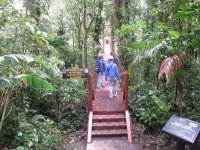Pinewood
New York correspondent

Hello Yareli,..FL 8x32, nice, but not on pair with EL/UV optically to justify the price (to my eyes obviously, but YMMV). In short: if the SFL 8x30 deliver: I might as well sell both my EL and Traveller and have a single everyday binocular once and for allFingers crossed. After the big disappointment I got with the MHG 8x30, I prefer to be cautious.
Yes, my experience with the FL was different as I was completely satisfied with its size, its view, its ergonomics and its eye relief. It is so good a package, that I am not anxious to try the 8x32SF, whose size you rightly cite is much larger. I may get around to trying the 8x32SF and perhaps the SFL, but I want to read more about the SFL's view.
Stay safe,
Arthur








